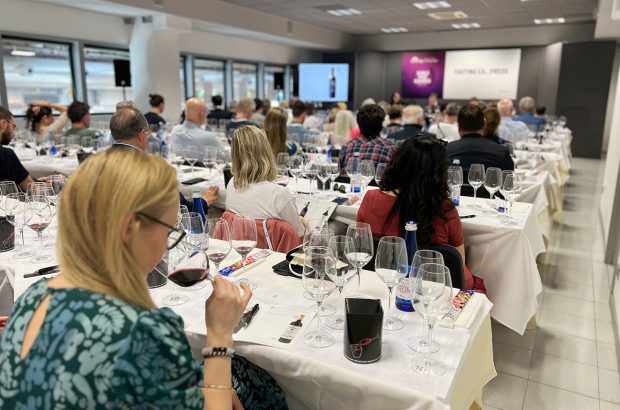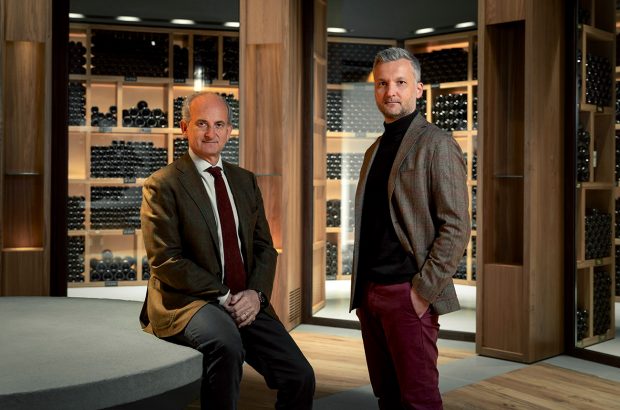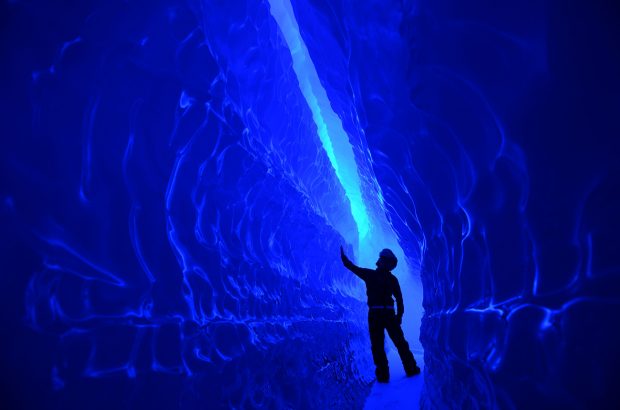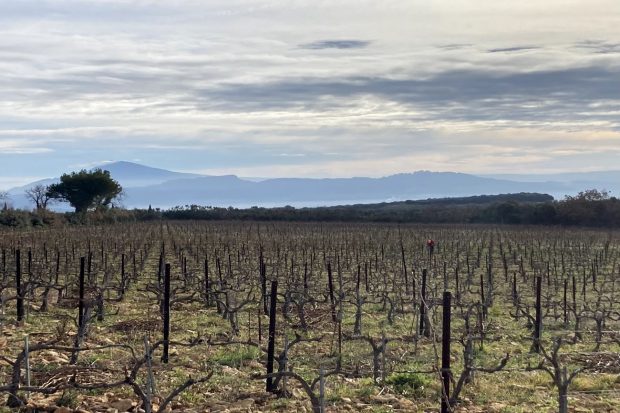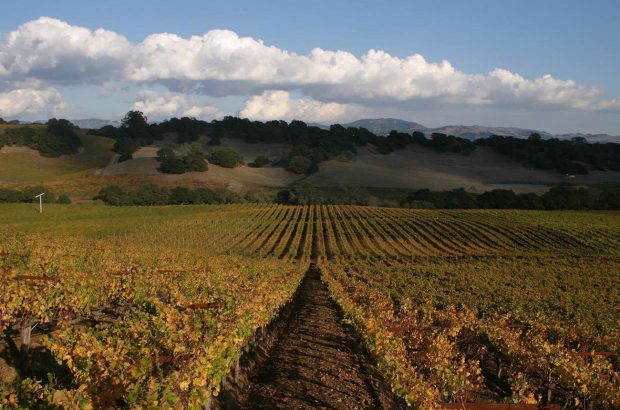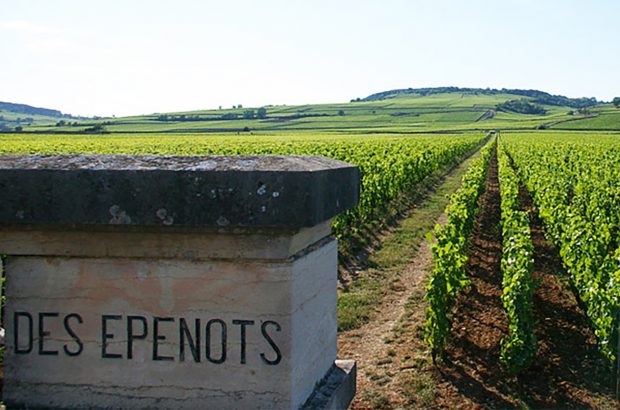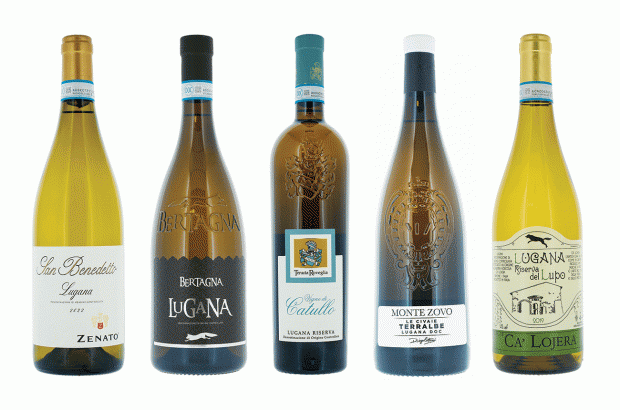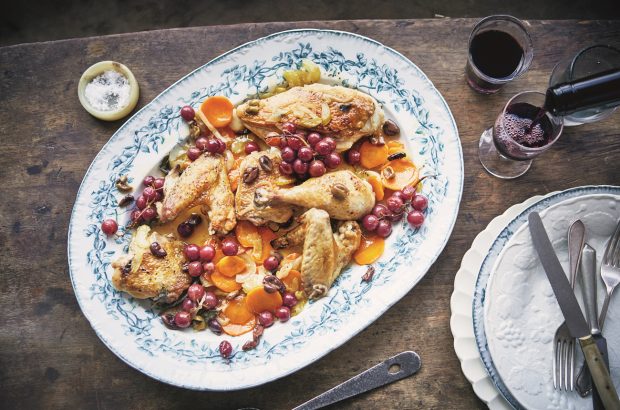For a wine whose name used to be generic for dry (but generally off-dry) white all over the world and of which more fake bottles, jugs, wine boxes have probably been sold than any other, the real French appellation, Chablis cru, came near to extinction less than half a century ago.
The vineyards alongside the River Yonne were first planted by the Romans and then developed by the Church to the extent that in the second half of the 19th century there were 40,000 hectares (ha) under vine. Already the rail connection that opened between Marseille and Paris in 1856 had brought cheaper wines to the capital, then the region was devastated by oidium in 1886 and recovery was dashed by the onset of phylloxera a year or so later. Great loss of manpower after the 1914–18 war impeded any extensive regeneration, and the disastrous frosts of 1956 destroyed many of the vineyards that had been painstakingly replanted around the town. At the lowest point, total acreage dropped below 500ha, of which the grands crus represented 20%. Today there are 3,998ha across Chablis’ four appellations, of which the 98ha of grands crus represent a mere 2.5%.
The Chablis region is situated in the south of the north-east quarter of France, and although it is firmly considered part of Burgundy, it is actually closer to the southern vineyards of Champagne than to those of the Côte d’Or. The appellation is centred on the bustling town of Chablis and takes in 19 other villages, most of them on the banks of the River Serein. The climate is continental, with very cold winters and surprisingly warm, but irregular summers. Rainfall can be high, but the real enemy is frost, against which the only safeguards are smudge pots or heaters placed at regular intervals amongst the vines, or the more effective but more expensive sprinkler systems. Global warming has to some extent lessened the risk, but all the early budding grands crus and many of the premiers crus are now fully protected.
The key to true Chablis is the limestoney-chalk soil, which is known as Kimmeridgian, after the Dorset village of Kimmeridge. The same geological mix is found, with a little less clay, in the heart of Champagne. The only grape permitted in Chablis is Chardonnay, known locally as ‘Beaunois’, and it is the interaction between the grape, the soil and the rather extreme climate that makes Chablis different from the Burgundies of the Côte de Beaune, Côte Chalonnaise and the Mâconnais. While the nose often has a floral aspect, the palate should be firm and fresh with the characteristic minerality and liveliness. Often a little lean when young, Chablis, particularly the premiers and grands crus, ages better than any other white burgundy.
The Chablis difference
There are only seven Chablis grands crus, all planted on south facing slopes on the outskirts of town on pure Kimmeridgian chalk. Until the mid-1980s there were more premiers crus vines than those for straight Chablis, with 2,000ha planted overall. Planting has now doubled, much of it on Portlandian chalk away from the historic centre of the appellation. Conservatives maintained that there should have been no planting outside the geological heart of Chablis, but good vintages, good winemaking and a healthly market have allowed the INAO to turn a blind eye to the Portlandian expansion. In response, 21 growers who represent 70% of the grands crus vineyards have formed L’Union des Grands Crus de Chablis under the banner ‘Shaping the Future of Chablis’.
There are currently 750ha of premiers crus. The best-exposed and generally the finer wines are from the right bank of the River Serein to the north and east of the town, on either side of the grands crus. While a grand cru really needs five years to develop its potential and can live for two decades, a premier cru is at its best between three and 10 years.
1998 was a good to very good vintage for Chablis, firmer than the more fleshy 1997, but not as fine as the outstanding 1996. The wines are very clean, with a finely chiselled fruit and most expressive, as they develop, showing the typical Chablis florality and minerality in equal balance.






